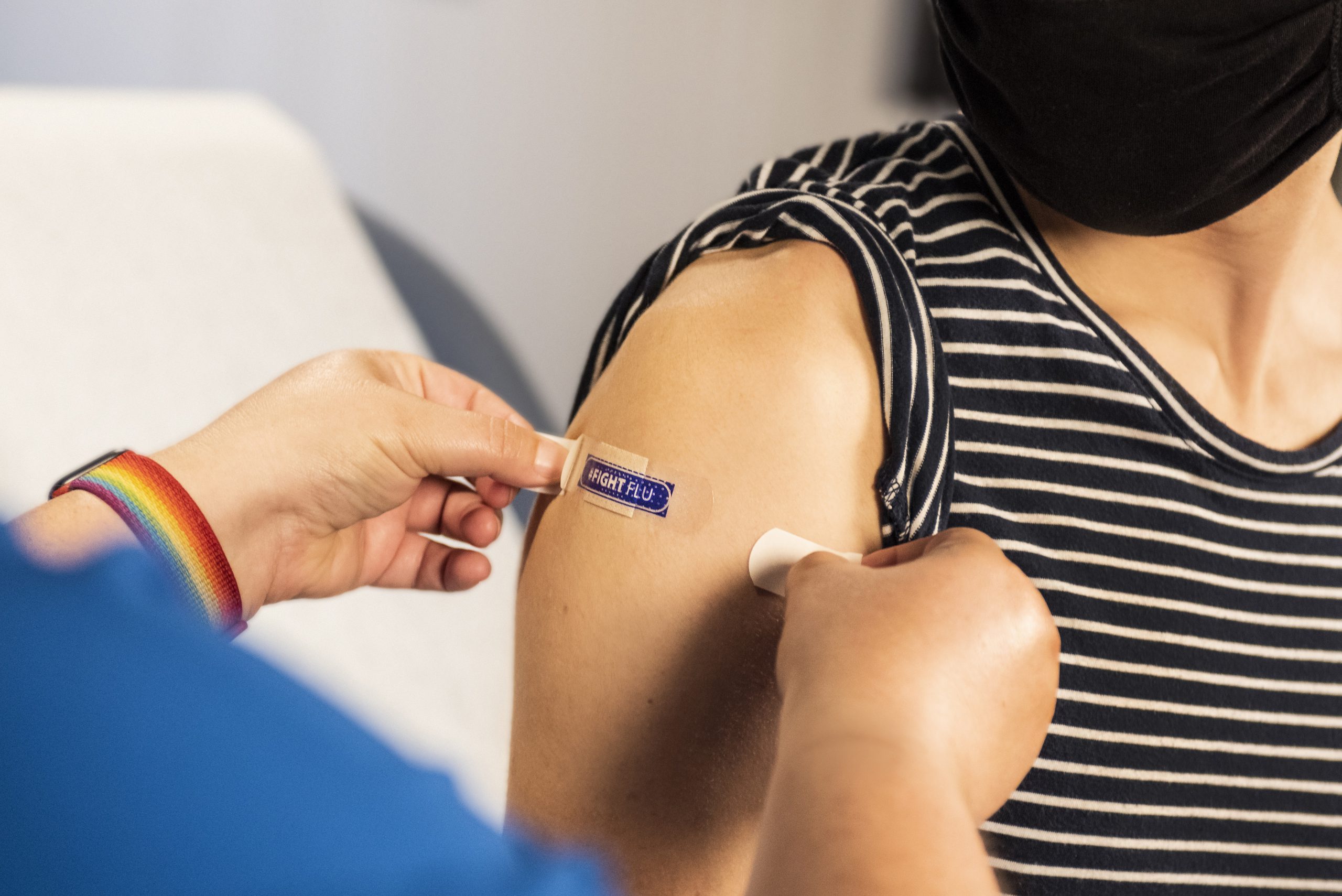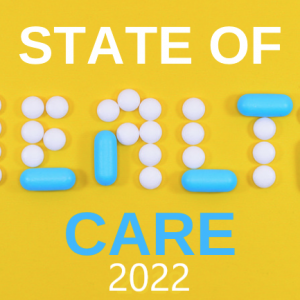Last Updated on February 28, 2022
This article originally appeared on BeMedWise. An up-to-date version can be found here.
The response to COVID-19 is still a political issue and the resulting division between political parties within the United States has persisted and is still having an adverse effect on the pandemic. The division began almost as soon as the presence of the novel coronavirus was confirmed in this country.
Much of this division was the result of some politicians downplaying the pandemic for political reasons by giving false information: it doesn’t look good to voters to have a major pandemic during your term in office. Another contributor is the fact that politicians and scientists don’t speak the same language when it comes to science. While this is true of most people and scientists, politicians have had an undue influence on public opinion when it comes to the ongoing pandemic and the interpretation of science.
Although there is some overlap, the major issues dividing Republicans and Democrats are:
- Interpretation of the impact, risk, and severity of COVID-19 in their lives;
- Vaccine effectiveness, use, and mandates;
- The best way to achieve herd immunity and the end of the pandemic;
- Use of preventive measures, such as masks and social distancing;
- Use of unproven therapies;
- The extent to which they use faith, emotion, and/or evidence to make decisions;
- The level/type of risk and inconvenience they will tolerate; and
- Individual choice and level of responsibility during a public health emergency.
Recognizing that conservatives and liberals may have different levels of trust in science and how to use scientific knowledge to make policy decisions, this blog will focus on how different interpretations of the details of the COVID-19 pandemic may have contributed to the current situation.
To combat false statements, scientists and experts requested that politicians and others “follow the science.” As a physician with a lot of experience doing this, I will be the first to admit that it is not as easy as it sounds. There is a lot to understand before a scientist can make valid conclusions from scientific evidence such as the quality of the study, the balance between risk and benefit, and the practicality/usefulness of method. Here are a few examples.
- Lack of understanding of the quality of evidence contributed to the rush to use hydroxychloroquine and ivermectin based on a few poorly done studies when there were better studies showing such treatments do not work.
- The use of preventive measures is not clear-cut. While masks and social distancing work to prevent the spread of coronavirus, they can also result in isolation, adverse effects on education, economic hardships, and increased mental health problems — not to mention the constant fogging up of eyeglasses.
- While COVID-19 vaccines were effective because they were able to be produced quickly and cost-effectively, treatments such as antiviral and monoclonal antibody drugs are expensive and cannot be produced quickly enough to meet the demand.
Some of this needs to be communicated to non-scientists before they can truly understand where the science leads and that the guidelines/recommendations keep changing because the evidence is accumulating. Although, scientists and non-scientists need to recognize that science doesn’t always have the answer and decisions sometimes need to be made without compelling evidence.
A miscommunication occurred right away when the SARS-CoV-2 coronavirus was first discovered in China and began spreading to other countries. When experts were asked if it would become an epidemic, they answered that “there is no evidence that it would.” Unfortunately, that could be interpreted two ways. While the experts were saying they did not know because the coronavirus was still too new to have been studied, many interpreted it as reassurance that there would be no pandemic. Scientists did not want to make predictions based on the history of another viral epidemic — the flu — although there were similarities.
After reaching the U.S., miscommunication occurred in the form of mask recommendations. Again, the experts were saying they did not know because this new coronavirus was too new to have studied, but many interpreted it as masks will not help. While there was ample historical evidence that masks reduced the spread of influenza, experts were hesitant to make recommendations for masks and social distancing because there was not yet any evidence for COVID specifically.
Unfortunately, not knowing that the scientists were strictly adhering to the scientific method of only recommending proven methods and not yet recommending methods that haven’t been proven by studies, it looked as though the experts had been wrong when they changed recommendations as the disease evolved. The World Health Organization finally declared COVID-19 a pandemic on March 11, 2020 and the official CDC recommendation for the use of masks did not come until April 3, 2020. This led many to distrust the scientists, especially the science deniers empowered by these perceived mistakes. While there have always been science deniers, the magnitude of the pandemic and the adoption of it as a partisan issue enhanced this perception.
COVID-19 is an example that evidence accumulates too slowly to keep up with changes in an emerging pandemic and how misinformation and fake news can rapidly fill the void. Waiting for this COVID-specific evidence before making recommendations can sometimes result in the experts seeming not to know what they are doing, as happened with the CDC and Dr. Fauci.
Evidence was often misinterpreted, ignored, or denied. Most concerning was the results of the effectiveness of COVID immunization. Some chose to interpret the studies in different ways, such as:
- Because the vaccination that was not 100% effective, it was not useful;
- That evidence of side-effects was a reason to not be vaccinated, even though they were much milder than the active disease; or
- That immunity wearing off was a reason to avoid vaccination, even though in some cases it was better and more persistent than immunity from the disease.
Even the infection, hospitalization, death, and long-term COVID rate statistics have been interpreted differently, at least among those who consider the data accurate.
- Right-wing sources tend to present the numbers as not being concerning enough to interfere with their individual right to make choices, while liberals are more likely to interpret them as a public health emergency that requires some sacrifices such as getting vaccinated and maintaining protective measures even when not mandated.
- The fact that infection and death rates are higher in those who are unvaccinated and/or don’t use protective measures also prompts different interpretations. Conservatives look at this as an opportunity to end the pandemic by natural herd immunity, while left-leaning people often see it as a reason to get vaccinated and use necessary measures.
- Unfortunately, there are many that consider the available data unreliable/fake news and a way for the government to manipulate them.
When you “follow the science” the most incontrovertible conclusion is that the ultimate solution to the ongoing pandemic is the available vaccines. The vaccines have the benefit of having the best available evidence for effectiveness, have the most benefit for the least amount of risk, and are readily produced and distributed.
The NeedyMeds website has a database of over 100 nationwide resources for those who have been impacted by COVID-19. For those looking for information on receiving a coronavirus vaccine, find your area’s locations and appointment availability at vaccines.gov. There may be options for children to get vaccinated even if their parents don’t grant permission.





